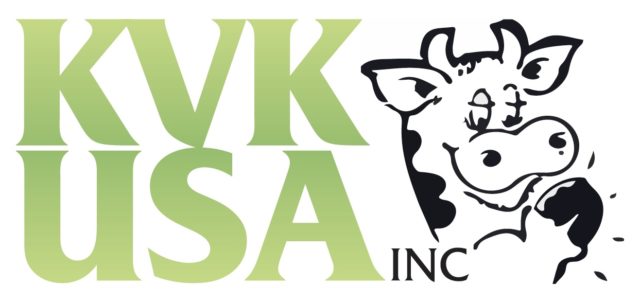In 1984, 12 central California dairy families who owned Jersey cows created the Hilmar Cheese Company. More than two decades later, while the company finishes final preparations for another cheese factory in Dalhart, Texas, Hilmar owners recently opened a new ranch that will eventually raise 30,000 heifers in the Texas Panhandle. The Hilmar Cheese Company is currently the world’s largest single-site producer of American-style cheese. Although the company has flourished in California, its owners were looking for areas that would be more accommodating for raising cows, especially Jerseys, whose milk and butterfat are used in the company’s cheese production. They looked east for a site for the calf and heifer ranch.
After a thorough search, a 960-acre tract of land was located 14 miles northwest of Dalhart, Texas, and construction work began July 6, 2006, on an impressive Jersey ranch. According to the ranch’s general manager, Matt Fine, the land has a .75 percent slope running south and a .25 percent slope running east which is perfect for the drainage of the facility’s 124 pens built.
Owners of the ranch are Paul Rovey, Mark and Lindsey Ahlem, Chuck and Druann Ahlem, Vance and Ashley Ahlem, Grant and Melissa Ahlem, Jim and Carol Ahlem, Vern and Mary Wickstrom, Tim and Carol Wickstom, Kim Claus, Dick and Sharon Claus and C.A. and Kirsten Russell.
The Jersey Ranch is used primarily for breeding purposes. When all four stages of the ranch are completed and fully stocked, it will hold 23,000 to 30,000 head of Jersey cows with ample room for expansion.
The basic design of the ranch consists of four stages. Stage 1 holds the 6- to 10-month-old heifers; Stage 2 holds the 10- to 11-month-old pre-breeding heifers; Stage 3 holds the 12- to 15-month-old breeding heifers; and Stage 4 will hold the 15- to 20-month-old confirmed pregnant heifers. They will stay in Stage 4 for seven and one-half months.
The 300-pound Jersey heifers in Stage 1 are shipped to the ranch from California. About 60 percent of the pregnant heifers from Stage 4 are trucked 22 hours back to Hilmar dairies in central California while the remaining 40 percent are sold locally to new dairies that are being built in the Dalhart area.
Registered Jersey bull semen from the Jersey Land Sire Stud Company is used. The ranch property includes a large drainage lagoon and three and one-half irrigation circles planted with wheat or corn for silage.
The cattle are fed a ration of ground alfalfa or wheat hay, corn silage, wheat silage, steam-flaked corn, soybean hulls and minerals. A computerized feeding mechanism formulates the feed for ration accuracy.
Jersey cattle are smaller and not as heavy as other dairy breeds. They cannot stand harsh weather easily, so the Dalhart Jersey Ranch is built with sheds used for shade in the summer. The same sheds have retractable sides that can be lowered and used as storm shelters in the winter.
Dr. John Smith from Kansas State University assisted with the design of the ranch. Special windbreaks made from horizontal metal strips of bridge rail fixed exactly 3 inches apart will help keep snow from piling up in cattle pens in the winter.
Tom White, construction engineer for the project, built the pens so they slope to the sides from a high point in the center, draining to the end of a row of pens and into the lagoon. Water from the lagoon is used to irrigate and fertilize the corn and wheat crops.
When the Jerseys arrive, a microchip is implanted in their ear. This chip tells their birth date and weight, and it tracks their location and other vital statistics. Computer programs monitor the feeding, weight gain and insemination of the cattle. The entire operation is so computer-oriented that it requires only five full-time employees. Fine can sit in his office at the Jersey Ranch, or in town at his home computer, and monitor the feeding and care of each animal.
The Dalhart Jersey Ranch is expected to be at full capacity within 18 months. PD




